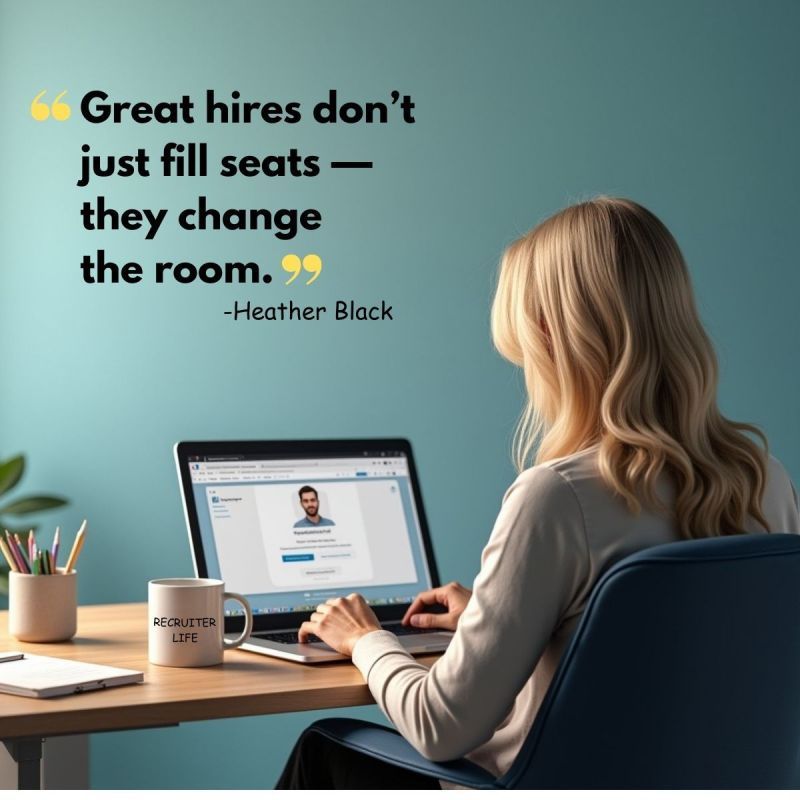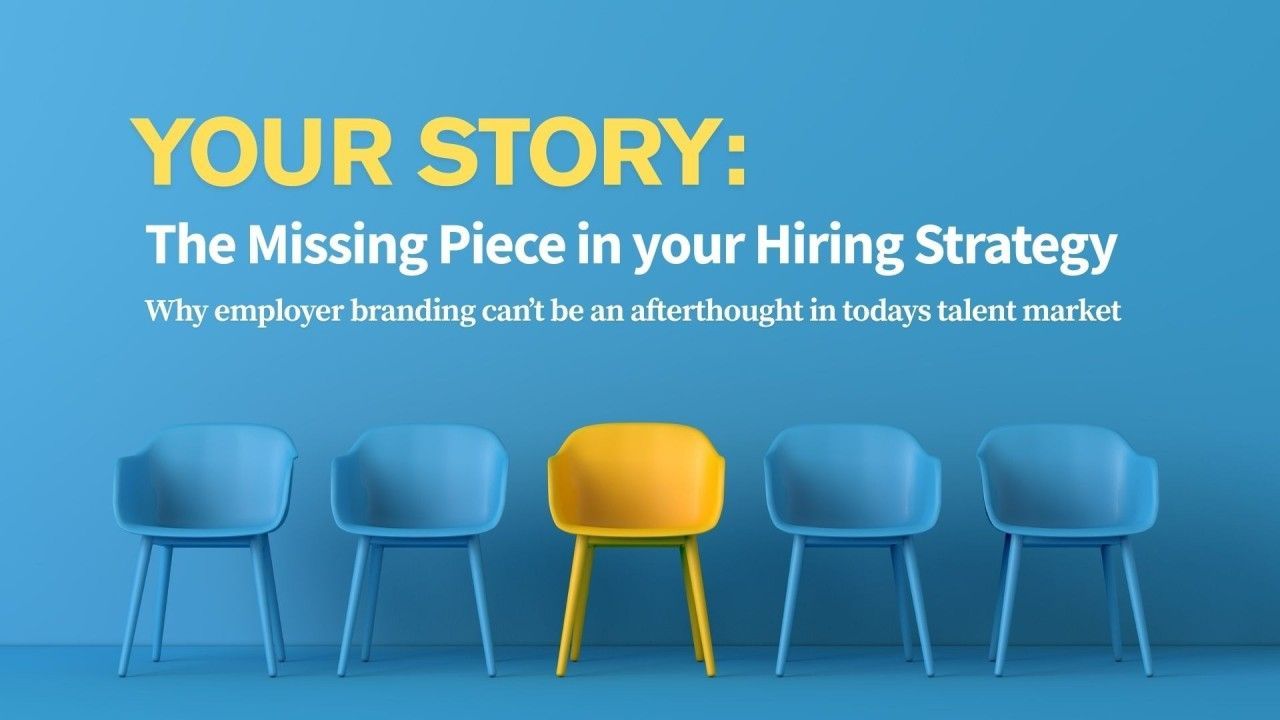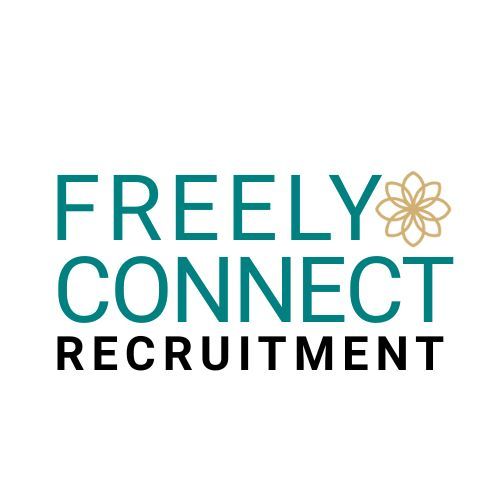8 TIPS TO ELEVATE YOUR JOB SEARCH
This is a subtitle for your new post

Say goodbye to traditional job search strategies and embrace the future! Leveraging the latest trends in resume writing, LinkedIn optimization, and cutting-edge AI tools can help you stand out in today's competitive job market.
Here are some tips on how to get started:
1) Keep your Resume Concise
Aim for one page if you have under 10 years of experience and extend to two pages for longer careers. Prioritize the last 15 years, emphasizing essential details and achievements that align with your target role.
2) Pass the 6-Second Test
Statistics indicate that recruiters spend an average of 6 seconds per resume, focusing on the top 1/3 of the page. Utilize this critical space wisely. Skip the Objective Statement; instead, captivate hiring managers with a Profile Statement—a brief, compelling branding pitch that highlights your unique value. Ensure your most impactful bullet points feature prominently in the first job listed to prompt further reading.
3) Quantify Your Achievements
Your resume should be more than a list of everyday tasks. To stand out, demonstrate your contributions and highlight results achieved so potential employers can understand your potential impact on their organization. Start each bullet point with strong Action Verbs like 'directed,' 'assessed,' ‘streamlined', or 'designed.' Provide context to showcase the purpose of your work and wherever possible, quantify your achievements. Did you reduce customer complaints, implement processes, boost sales, or enhance productivity? If so, what was the impact? At least 2-3 of your bullet points under each job should Include metrics that quantify your contributions.
For help building impactful bullet points, I suggest using a tool like Resume Worded. This AI-powered platform lets you upload your resume and instantly provides a score out of 100 with suggested areas of improvement. They offer a free version, and for just $49, you can unlock one month of access to their Pro version – a worthwhile investment.
4) Leave Out the Fluff
Try to refrain from using unnecessary words that not only take up space but add no value. Anyone can say they are a “passionate and motivated team player” or that they are “detail-oriented” “innovative”, “strategic”, or “creative”. Focus on accomplishments rather than clichés, and if you use buzzwords, make sure they are tied directly to demonstrated achievements in your bullet points.
5) Leverage Keywords for Maximum Impact
AI tools, like ChatGPT, can be used for keyword integration in resumes. Copy the job description into the AI chat field with the following prompt: "Identify the most important keywords for this role." Take it a step further by adding in your resume and instruct the AI to "strategically integrate these keywords into my resume to help me stand out.” Using job-specific keywords is important if your resume is scanned by an ATS (Applicant Tracking System), which is software used by recruiters and employers to rank job applications received.
6) Say Yes to Cover Letters
Craft a well-thought-out cover letter that tells your unique connection story to the role you’re applying for. Keep it concise and impactful for a better chance at an interview. Structure the cover letter with an engaging opening paragraph followed by 3 to 4 bullet points specifically addressing the key job requirements. End with a closing paragraph that confidently requests an interview.
7) Optimize Your LinkedIn Presence
Make sure you have a professional profile picture. Save your vacation shots, selfies, and formal event pictures for Facebook. It is said that “a picture is worth a thousand words”. Make sure yours says, “professional”, “approachable”, and “confident”. If you don’t have a professional picture, try an AI tool like HeadshotPro to create a profile picture for you. For under $30, you will receive 40 headshots to choose from.
8) Let Recruiters Find You
Privately signal to recruiters that you are open to new job opportunities on LinkedIn. To enable this feature, go to the Jobs tab on the top menu, click on Preferences, and then turn ‘Open to Work’ to the On position. This makes your profile visible to recruiters ONLY. Next, fill out your job preferences and then Save.
Resume Worded is also a good tool to fine-tune your LinkedIn profile. It can expertly review your LinkedIn PDF, offering valuable suggestions for improvement.
In 2024, the job market is expected to be more balanced compared to the overheated conditions of early 2023. However, competition for jobs will remain significant. Enhancing your resume, cover letter, and LinkedIn profile to showcase you in the best possible way improves your chances of securing your next career opportunity.
You're Hired!



